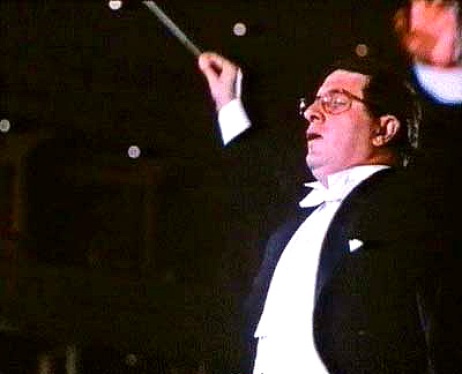
Launched in 2020, Swara: Antologi pendidikan musik (Swara: Anthology journal of music education, eISSN 2807-2502) is an open-access research journal published regularly in the months of April, August, and December by the Music Education program in the faculty of Arts and Design Education at Universitas Pendidikan Indonesia (Education University of Indonesia) in Bandung, West Java.
Topics explored in the journal’s articles include empirical studies on music education (formal and informal), creativity and musical skills (recorded and live performance), and the analysis of traditional and modern musical works.
Below, Ananda Sukarlan performs and discusses his Rapsodia nusantara no. 15; the work is the subject of an article in Swara’s inaugural issue.











